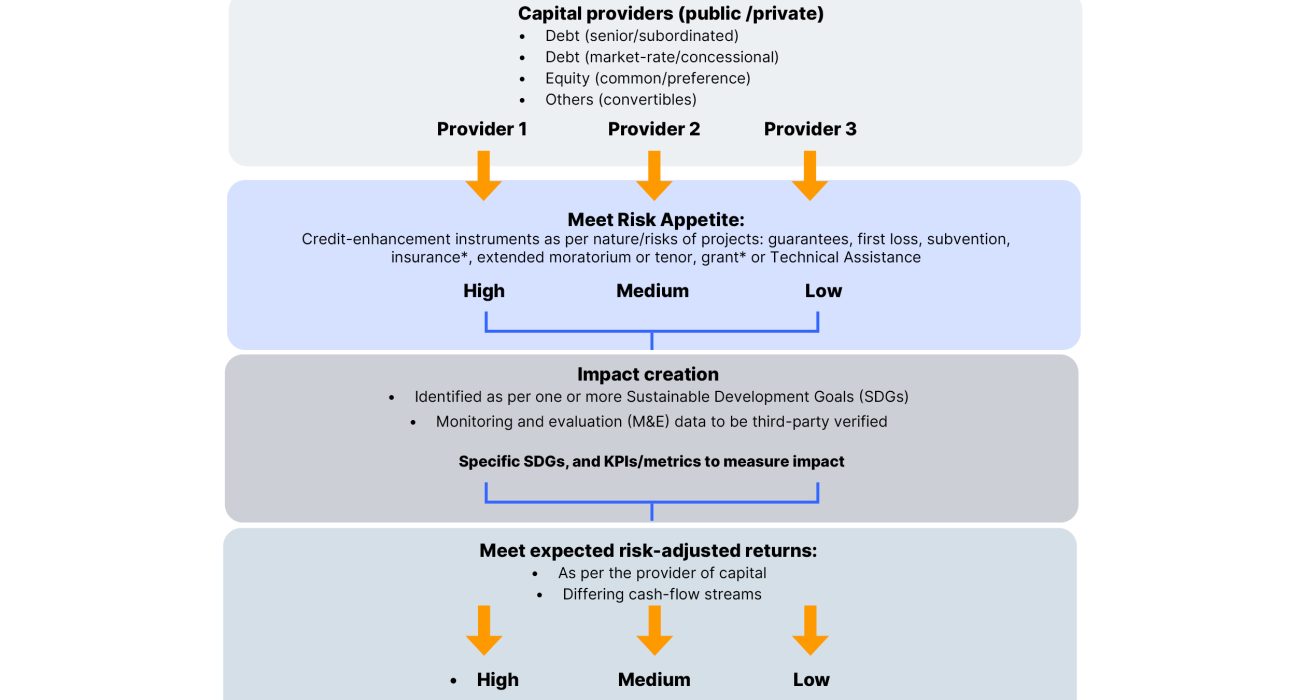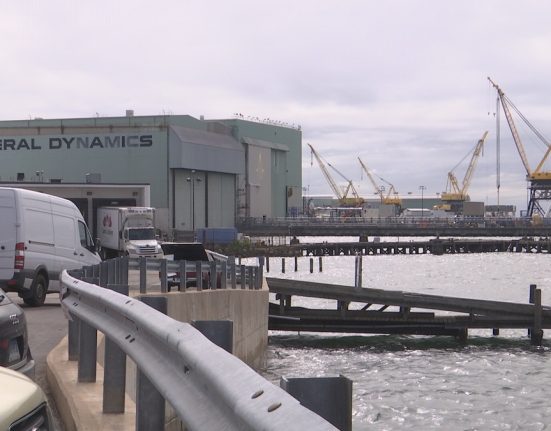Economies are increasingly decoupling economic growth and intensity of carbon emissions to address the challenges faced due to climate change. Recognising the consequences of delayed action, a transition phase towards low carbon is already underway in many developing economies. This requires a structured approach towards a transformative and system-wide change, particularly within the energy sector, which is the largest global emitter of carbon. This also necessitates significant changes across multiple dimensions, encompassing technology, capacity building and various enabling factors.
Such a transition pathway in the energy sector demands substantial financial flows. While technology, capacity, and other enablers are vital, securing finance, particularly from commercial sources, requires a clear demonstration of acceptable risk-adjusted returns models beyond utility-scale renewable energy. Commercial entities focus on risks and returns and gauge risk based on factors such as proven business models, visibility of cash flows, and credentials of borrowers, which often are not strong in the case of several small-scale and emerging interventions in clean energy.
In emerging economies such as India, utility-scale solar or onshore wind have evinced significant access to capital. However, numerous clean energy applications, often those most critical for vulnerable communities in socio-economic and climate terms, may fall outside the purview of conventional finance.
This report aims to identify and suggest options to bridge this gap in finance by exploring the potential of Blended Finance structures. By demystifying the concepts around Blended Finance and offering insights into enhancing its applicability, this report provides a roadmap for interventions in segments that struggle to secure conventional finance.
This report delves into the structure of Blended Finance solutions, illustrating how bespoke frameworks can mitigate financial risks associated with projects, products, target communities, markets, or technologies. A specific emphasis is placed on the role of blended finance in scaling up the solar mini-grid segment.
This report serves as a comprehensive guide for financial institutions seeking to navigate Blended Finance structures in the pursuit of energy transition. Development and commercial financiers often approach opportunities with nuanced objectives. Blended Finance emerges as a mechanism that harnesses the respective strengths of both these segments. Additionally, this document serves as a pathway for enterprises operating within the energy ecosystem, offering insights to enhance their preparedness and align with the specific criteria that financiers may seek. Furthermore, it may act as a valuable resource for policymakers, advocating the adoption of more facilitative policies to promote the integration of Blended Finance into India’s low-carbon energy transition opportunity. Lastly, it may also serve as a blueprint for other emerging economies that face issues similar to India’s, to devise financing mechanisms for energy transition.







